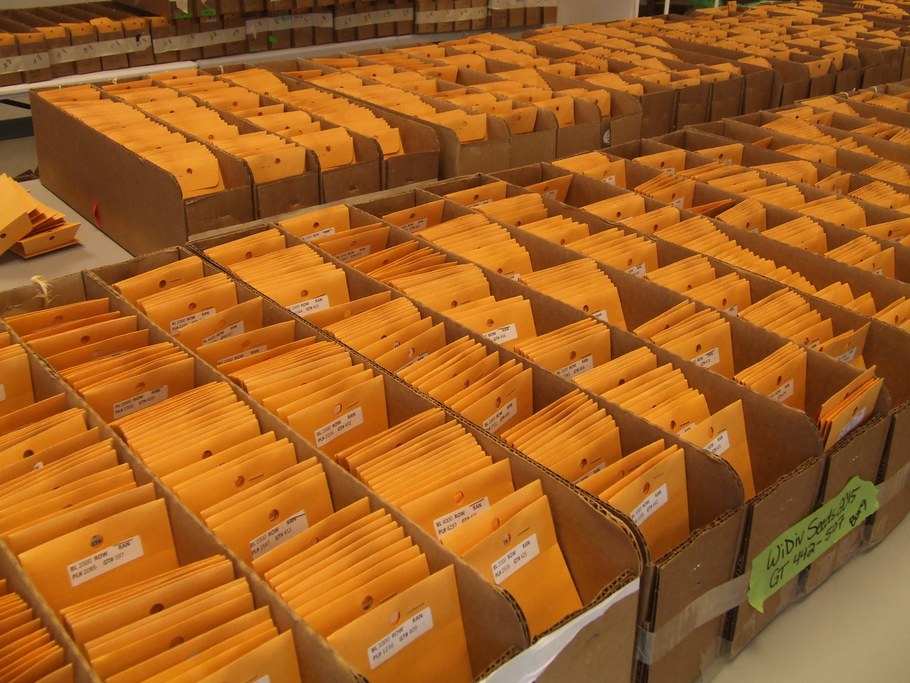Photos from the lab, field work, and day trips to the surrounding area.
Photos from the lab, field work, and day trips to the surrounding area.

Thousands bean and maize entries must be thoroughly organized before planting

Graduate students Jimmy Burridge and Hannah Schneider sitting on the precision planter during maize planting.

During the 2015 field season, many diverse maize genotypes were studied under drought and well-watered conditions.


Various bean diversity panels were grown at ARBC in 2015 for drought studies.



Soil cores were collected in maize and beans plots.

Ph.D student Hannah Schneider photographing maize root crowns for architectural analysis.

Ph.D student Stephanie Klein discussing root architecture and anatomy with Roots Lab alumnus Dr. Eric Nord.

Roots must be thoroughly washed before being processed for sampling.

Ph.D student Jimmy Burridge and Dr. Jonathan Lynch showing the bean plots to a group of scientists visiting from The Samuel Roberts Noble Foundation.

Jimmy Burridge displays the 2015 plot layout map for use under the irrigation pivot.

Stephanie Klein shows an example of bar-coded labels for her root sampling vials.


Jimmy Burridge tests the phenotyping cart in his field plots.


The Organ Pipe rock formations found at the Chiricahua National Monument, just a 45 minute drive from ARBC.

Dr. Eric Nord, formerly of Penn State Roots Lab and now with Greenville College, in Ilinois, discussing root research with members of the Nobel Foundation.

This cart was built for our use in bean research. The cart has a GPS unit for marking the exact location of each plot, a datalogger to record data, proximity sensors to measure canopy height and IR sensors to measure canopy temperature.

2nd whorl crown roots are selected and saved for laser ablation and imaging.

The Chiricauhua National Monument has a number of hiking trails through the ravines and rock formations, which serve as a nice break from field work.

View from atop the Cochise Stronghold, one of the many parks and hiking sites near ARBC.

A cactus in bloom.

One of the many beautiful sunsets that can be seen at ARBC.
